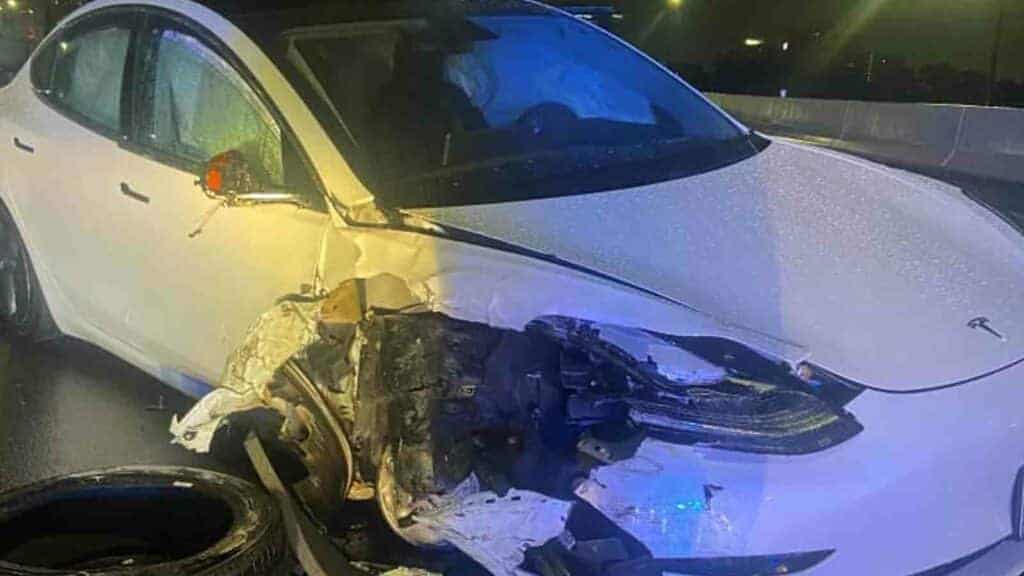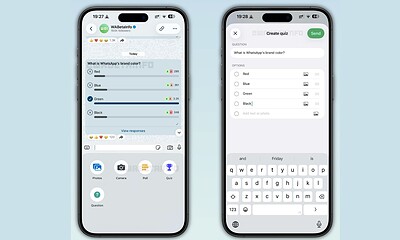
Just a heads up, if you buy something through our links, we may get a small share of the sale. It’s one of the ways we keep the lights on here. Click here for more.
Tesla’s driving aid system, Autopilot, seems to have trouble telling emergency vehicles from the open road. In the latest of a series of crashes, a Tesla crashed into a Florida Highway Patrol cruiser, and the disabled vehicle that the officer had stopped to help.
Thankfully, nobody got seriously hurt from the crash, with the driver of the Tesla Model 3 and the driver of the other car only receiving minor injuries. The highway patrol officer narrowly missed being run over by the Tesla, when it slammed into the left side of his parked cruiser.
CNBC has images of the aftermath of the crash (seen above and below), with both the Tesla Model 3’s front right corner and the left-rear quadrant of the police cruiser being absolutely demolished by the impact.
They also add some important context, in that it’s not clear at this time if Autopilot either caused or contributed to the crash, just that it was on at the time according to the driver.

This crash is the latest in a series of a dozen incidents since 2018 where a Tesla vehicle using Autopilot or Traffic Aware Cruise Control has hit parked emergency vehicles responding to an existing crash.
Now the National Highway Traffic Safety Administration is investigating Tesla’s Autopilot system over these incidents. Two Democratic senators have also asked the Federal Trade Commission to similarly investigate Tesla over claims made about the capabilities of the Autopilot and Full Self-Driving systems.
Have any thoughts on this? Let us know down below in the comments or carry the discussion over to our Twitter or Facebook.
Editors’ Recommendations:
- Tesla redesigned its iPhone app to include home screen widgets and instant commands
- This electric car just drove 445 miles on a single charge and it wasn’t a Tesla
- Tesla is working on a robot that humans can overpower when they inevitably revolt
- President Biden is pushing for 50% of new vehicles to be electric by 2030



























